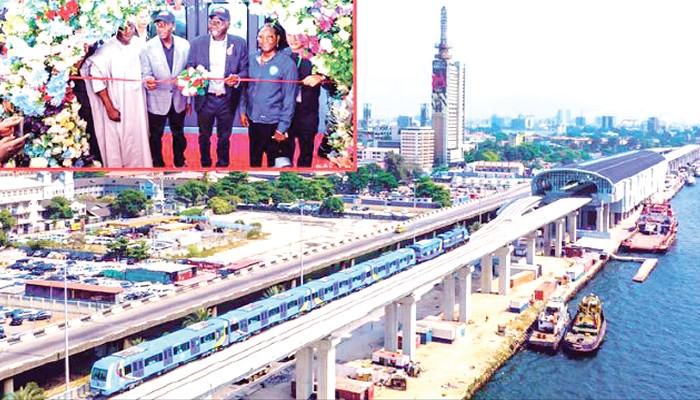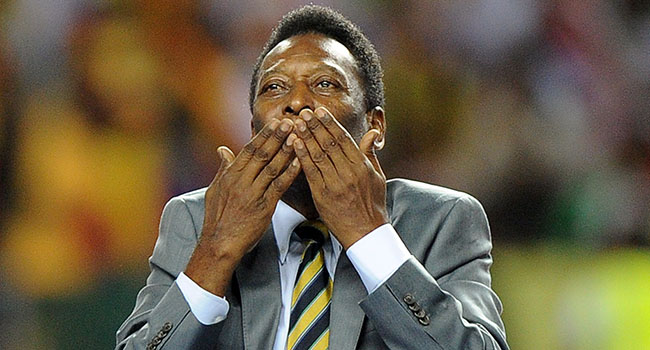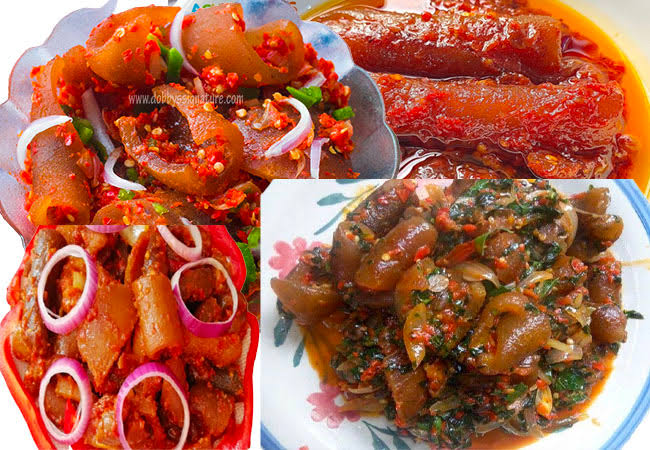Jubilations, fears as Lagos Blue Rail Line comes alive
The Lagos State governor, Babajide Sanwo-Olu, formally stepped into the coach of the newly-completed Lagos Blue Line, on December 21, 2022, and announced that the rail project would be inaugurated in January by the President, Major General Muhammadu Buhari (retd.).
The governor, his deputy, Dr. Obafemi Hamzat, the Speaker of the state House of Assembly, Mudashiru Obasa, members of the state cabinet, along with some journalists and members of the public, took their first trip aboard the electric-powered rail infrastructure, which spans 13 kilometres in the first phase, extending from Mile 2 to Marina.
The first phase of the Lagos rail line has five stations at Mile 2, Suru-Alaba, Orile Iganmu, National Theatre, and Marina, and it is expected to move about 250,000 passengers daily when its operation commences.
The entire Lagos Rail Mass Transit Blue Line is a 27-kilometre rail system from Marina to Okokomaiko, and its construction was divided into phases for ease of implementation. It is expected to move more than 500,000 passengers when the entire line is completed in 2023.
According to Statista, in 2022, roughly 15.4 million people will live in Lagos, making it the largest city in Africa. Its population has been gradually increasing, with thousands of people flocking every year to the city, searching for job opportunities and a better life.
Consequently, the city grapples with traffic congestion, which has taken its toll on its economic flourishing. In a 2022 ranking made by Numbeo traffic index, a crowd-sourced global database, Lagos was ranked the worst among seven African cities, such as Nairobi, Cairo, and Pretoria, among others, based on traffic congestion.
To this end, the state government has sought interconnectivity between the modes of transportation to ensure that residents enjoy a seamless transition from one part of the state to another.
In his speech last Wednesday, Sanwo-Olu explained, “Our transportation strategy is a multimodal one, bringing together the various elements of road, rail, and water and ensuring that they are seamlessly integrated.
“Coincidentally, this location, in the Marina, is central to our integrated multimodal transport system, being a melting pot for all the transportation modes.”
Since its completion, the Blue Rail line has elicited much jubilation among many residents, who have described the project as a laudable development.
A resident of Surulere who works on Lagos Island, Olalekan Muiz, told The PUNCH that the train would end his hectic daily schedule of leaving his home as early as 6 am to report for work at 9 am because of the traffic on the road.
Muiz said, “The Blue Rail will help to reduce the pressure on road traffic, especially as most people from the mainland work on the island, and the fact that it runs from Mile 2 all the way to Marina is even better because it means it will pick up people from the Badagry axis coming to the island and also those of us from Surulere.
“Residents of Orile and Iganmu can also join since the stations are there. Now, I can join the train scheduled for 8.15 am. I think it is innovative, and I hope they will connect more parts of Lagos.”
A resident of Mile 2, Femi Gbadebo, explained that accessing Marina from his area had always been tough, but this will change with the train.
“The activity on the Blue Line rail goes smoothly, and many can depend on it in terms of getting to work easily. More rail lines along that axis would help to relieve traffic congestion from Mile 2 to Marina. It is a great development, and I was really happy about the opening,” he told our correspondent.
A trader in Orile, Mrs Kemisola Alao, while commending the government, cited the issue of security, particularly in the areas where the train stations are located.
“The train is a good initiative by the government but I am still not sure if they will provide security for commuters. You know the roads, particularly Mile 2 and here in Orile are often unsafe at night with hoodlums who harass and rob motorists.
“My fear is that they could also start doing the same on the train. But as long as there is going to be an assurance of safety, it would be good for public use,” she said.
The rail construction started in 2010 under Governor Babatunde Fashola’s administration and had experienced delays in successive administrations before the current governor continued the project in 2019 with the agency in charge of it, the Lagos Metropolitan Area Transport Authority.
In her address last week, the Managing Director of LAMATA, Mrs Abimbola Akinajo, described the Blue Rail train as one of the most challenging projects the state government has ever embarked upon.
“I wish to place on record that the construction of the Blue Line has been one of the most challenging projects the Lagos State government has ever embarked upon, given the many issues we have had to overcome. To get to this point, we have had disturbances and delays in the relocation of submarine cables, submarine natural gas pipelines, and the removal of underwater ship wreckages.”
But an urban architect and Chief Executive Officer of Haap Living, Mr Ezekiel Bassey, said the delay was questionable and the economics surrounding the project were nonsensical.
He said, “I think the Blue Rail is a welcome development, and I believe that developments should be celebrated no matter how slow. However, I still have reservations about the costs and timeline. Ethiopia completed a 750km heavy rail line at a cost of $5m per km within five years, while Lagos did a $50m per km for a light rail. It has also taken us over a decade to get to this point, and we are still not done.
“Financing it was not the problem, and Lagos State has been fortunate to have the same government, so why did it take so long to get here? What bottlenecks did they have to face? Projects get more expensive as the timelines are revised, so who benefits from this, aside from the contractor?
“Basically, the economics around the rail line don’t make a lot of sense but it is possible that there is more to it than the public is aware of.”
Bassey projected that the rail line would radically disrupt public transport if handled efficiently but raised concerns about the issue of safety.
“In terms of its impact, I see it radically disrupting public transport if handled efficiently. But that is a big if. The Bus Rapid Transit has the same prospects but I am always puzzled when I see hundreds of new buses parked with thousands of residents stuck at the bus stops waiting for BRTs that take forever to arrive.
“I don’t think there would be a lot of negative impacts. However, as an urban architect, I am worried about the Orile corridor and the people who are currently using that rail area as a thoroughfare. It is a grave safety issue that needs to be permanently addressed. This is the same with the Mile 2 corridor,” he added.
Sanwo-Olu, in his speech before his first ride on the train, alerted residents to the issue of their safety, urging them not to trespass on or vandalise the tracks as the rail system was being powered by electricity.
He said, “This project is for you; please ensure you safeguard it. Keep in mind that this rail system is powered by electricity and thus cannot be trespassed in any way.
“Crossing the tracks is no longer an option, and the issue of vandalism in any form should never even arise at all. Pedestrian bridges have been provided to enable you to cross from one side to the other.”
On his part, an urban planning expert, Mr. Ademola Ayobami, while highlighting the benefits of the Lagos rail, urged the government to provide adequate security for its use.
“The Blue Rail line is a very good urban infrastructure for Lagos State because it will hasten business transactions, enhance the beautification of the environment, and speed delivery in terms of transportation. It will certainly attract foreign partnerships and private investments, which will boost the state’s earnings.
“However, we need to consider certain factors, which are primarily environmental considerations, the provision of security by the government, and their plans to effectively manage the project. The question is, “What has the government done in terms of security and safety precautions and measures that have been put in place?
“There should be a technological scanning system, adequate lighting from the Marina station down to the Mile 2 station, and a sound surveillance/monitoring system to go along with the Blue Rail. There will be passengers who will be boarding the train in the evenings and nights, and there should be security operatives that should monitor those entering and exiting the train.”
Ayobami also advised the government and citizens to imbibe a culture of maintenance.
“One of the challenges we have in Nigeria is the poor maintenance of public infrastructure and utility systems. This maintenance culture has to be ingrained in the minds of the people who will be using the train and also in the minds of the government.
“If care is not taken, the project might not be well managed after a period of years, and the bridges constructed for the rail might become a hideout for miscreants of different shades,” he added.








